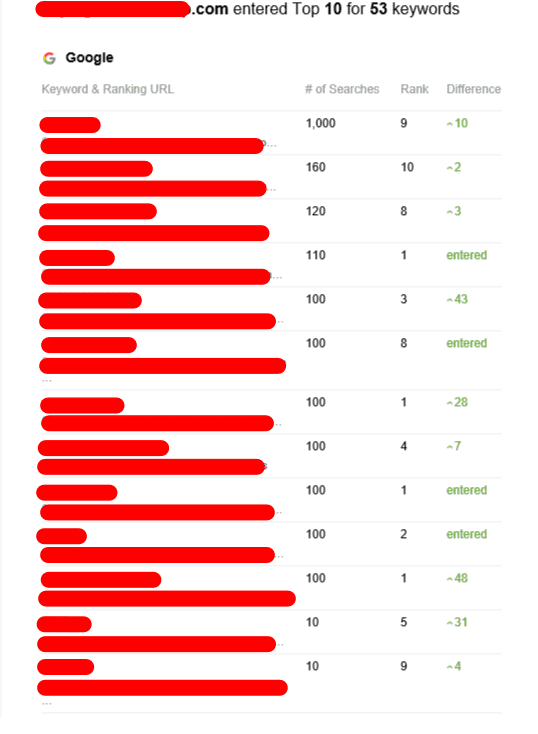Backlink Tier - The Hierarchy of Backlinks That Scale Your SEO Campaign
Backlink tier refers the hierarchy of links that you design to boost your SEO campaign. Each level gives you an extra layer of protection against Google's penalties.
To make it work, you'll need to spend a lot of effort and time. Google takes a long time to locate and evaluate new backlinks.
First-Tier Links
These links must be of high-quality and dofollow from reliable websites. These links are referred to as Tier 1 backlinks, and they form the basis of your link-building strategy. They give your website sufficient domain authority to rank well on search engine result pages. If, for instance, your blog article was published on HubSpot and also included a tier-one link to SearchEngineLand's compilation Link Building Statistics then SearchEngineLand’s ranking on the web will benefit from the link equity HubSpot passed on.
The second tier of backlinks may be a bit more diverse and include low-quality sites, like spammy forum posts or low-quality bookmark websites and directories. The primary objective of Tier 2 is to create high-quality content that links back to your first-tier backlinks. This is because content that is good will improve the content in the context in which it is placed and won't be able to distinguish itself as something that is added to SEO reasons.
To create a successful tiered link building program, you will need to invest in creating high-quality content and utilizing tools such as RankerX or GSA. The time and money spent manually executing a tiered campaign is worth it if you want to see the increased ranking benefits of a properly built backlink pyramid.
Second-Tier Links
Tiered link construction is designed to direct users through other pages before they get to your website. To achieve this it's essential to select second-tier backlink sources that are relevant to your industry and website. Contrary to profile profiles and guest blog posts, guest blog posts work well in this regard because they provide information that users want to consume.

In general, avoid using tier 2 links on forums or other low-quality websites. Instead, look for pages with high-quality content that provide industry news or guest articles. These links appear more natural and have more impact on your search engine rankings. Additionally they're more likely be considered by Google as a passing link equity, which could increase their ranking value in SERPs.
If you want to increase your SEO ranking Be aware that obtaining high-quality links manually is a challenge. It could take a few months to offer guest posts to top publishers and even more time for them to get published. It could take weeks to see results when it's time to create new traffic and converts on the internet.
Many SEOs make use of automated tools to create second-tier backlinks. This method may violate Google's Webmaster Guidelines and result in a penalization.
Third-tier Links
This category has a large number of links, some of which are borderline spammy. They are published on social media platforms and on user-generated content sites like Quora. They help with the indexing of tier two links but they don't transfer any link equity to the promoted resource. They are generally nofollow links. At this point marketers concentrate more on quantity than quality. They use tools to post massive amounts of links on forums, in comments sections of blog posts and articles, in directories and other similar locations. This is where tiered link construction is a grey area and violates Google's webmaster rules.
Link-building campaigns that are categorized require a significant amount of effort and time to be successful. It can take weeks or even months for Google to rank one backlink, and then it may take months or even weeks to observe a significant impact on SEO. Therefore, marketers must be patient and follow a well-thought-out strategy for content.
Additionally marketers should stay clear of using numerous automation tools for this tier of linking. These can violate the rules of search engine optimization and could lead to penalties. It is recommended to manually pick and post links on relevant websites of donors instead of using automated tools like GSA or RankerX. This will prevent search engines from penalizing your marketing for links that are not of high quality.
Fourth-Tier Links
Tiered link building is still a popular method for improving website rankings. However since Google has taken significant steps to get rid of "black hat" SEO practices, tiered linking methods have seen a decline.
They are considered to be gray-hat SEO techniques and are penalized for their use in a fraudulent manner. Tiered links are backlinks that are built on different tiers of the link pyramid. These backlinks are mostly used to boost a resource's ranking in search engine results. This way, the promoted web page will rank higher than competitors and receive more organic traffic.
This is a lower-quality tier of backlinks and is generally nofollow. Additionally, this tier can comprise low-quality social directories, media profiles and article networks. These links can be made naturally or by using strategies for automation. However they must be unique in terms of niches, domains and their relevance.
In addition to their low-quality, nofollow character, these backlinks can also cause problems if they're not adequately diversified. Google has a group of hounds that are well-trained and are constantly looking for patterns and strategies in backlink profiles. If tiered backlink are found, it can lead to an infringement not only for the link-building team but also for its customers.
